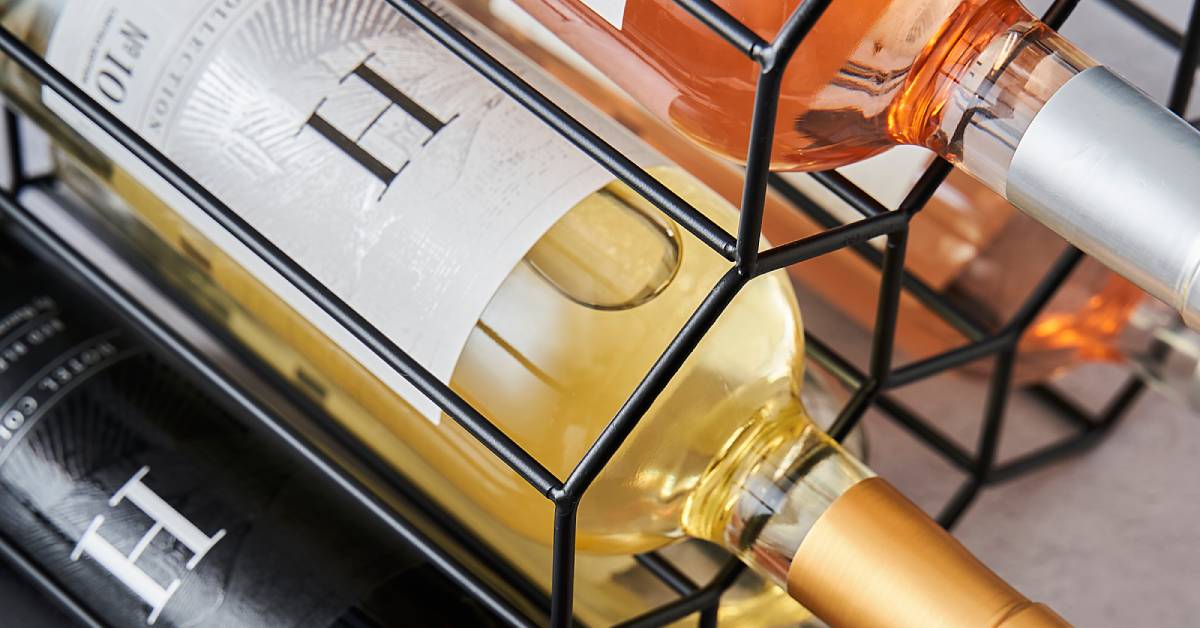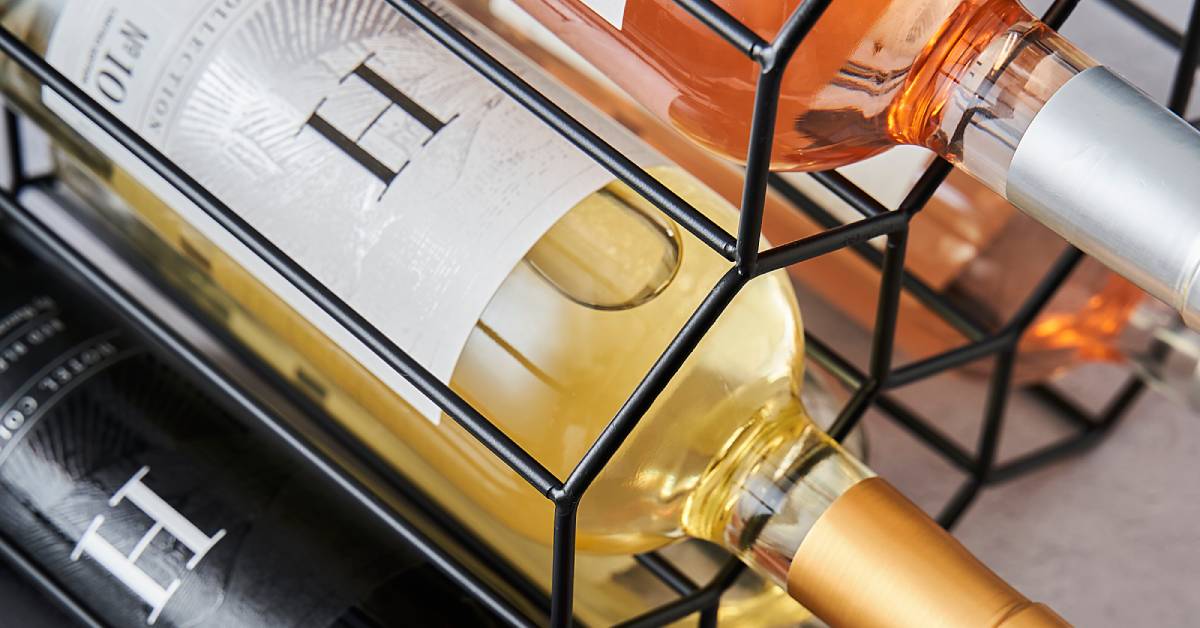Learning your way around different wines takes time and experience. After all, you’ll never know what you like until you try different blends. But it also helps to learn all you can about what makes each wine unique.
One of the biggest things for aspiring wine connoisseurs to learn is the differences between red and white wines. Hint: there’s more to it than just the color. If you sipped a glass of wine blindfolded, would you be able to tell if it’s a red or a white? By the time you finish this comprehensive guide, you will. Read on to broaden your wine knowledge and explore what makes red and white wines so unique.
Differences in Winemaking
From the color to the taste, all the unique characteristics that separate red and white wines boil down to how they’re both made. The ingredients, fermentation, and other parts of the process affect the final taste, body, and look of the wine.
Red, Black, and White Grapes
The kind of grape winemakers use plays a huge role in the final product. Generally speaking, red wine uses red or black grapes, while white wine uses white grapes. This isn’t a hard and fast rule, though. Some white wines use red grapes. So why do they still have that translucent “white” color? It’s because the color of the grapes doesn’t matter as much as the components of the grapes.
When making red wines, winemakers crush the entire grape. That means the skins, stems, and seeds all become ingredients along with the juice. It’s these components that create the darker color of red wine during a process called maceration. Just like when you steep tea leaves, the process relies on time. The more time the grape skins are in the mix, the deeper the color and stronger the flavor will be.
With white wine, though, winemakers press the grapes to get the juice out, then filter out the skin, stems, and seeds. Without the solid parts of the grape darkening the color, white wine gains its translucent appearance.
Fermenting the Wine
Red and white wines also undergo slightly different fermentation processes. Red wines tend to do better with a warmer fermentation temperature of 68 to 80 degrees Fahrenheit. White wines, on the other hand, have an ideal fermenting temperature of 57 to 68 degrees Fahrenheit. This cooler temperature slows the fermentation process and allows for a lower tannin concentration, which creates a sweeter taste and smoother texture for the wine.

Differences in Flavor
The differences in the winemaking process change how red and white wines feel and taste. Some of the most distinct differences between red vs white wines occur in the wine’s body.
Of course, every wine tastes unique depending on the specific grapes it uses, where it was made, harvest times, and other processes specific to every vineyard. But generally speaking, red wines and white wines have distinct flavor profiles that set them apart from each other.
Tannins and Dry vs Sweet Wines
Tannins play a huge role in the taste of wine. We already know that white wines have a lower concentration of tannins due to their fermentation process, but what exactly are tannins, and how do they affect the flavor of the wine?
Tannins are natural compounds that exist within the skin, seeds, and stems of grapes. They're bitter and dry, which means they play a bigger role in dry wines and a smaller role in sweet wines. Because red wines use the grapes’ skins and stems as well as the juice, they tend to have a higher concentration of tannins and therefore a dryer taste than white wines.
Acidity and Tartness
While red wines get their structure from tannins, white wines tend to get their structure from acidity. The acidity of a wine ties back to the ripeness of its grapes. The riper a grape is, the more of its acidic content has turned to sugar.
Late harvests or warm climates lead to riper, sweeter grapes. This results in a lower acidic content and a rounder, richer taste. Cooler climates and earlier harvests, on the other hand, lead to wines with a tart, crisp profile. Because white grapes lend themselves to an earlier harvest, most white wines are more acidic than reds.

Differences in Alcohol Content
On average, red wines tend to have a higher alcohol content. This also ties back to the ripeness of the grapes at harvest time.
During the fermentation process, the sugar in the grapes converts to alcohol, giving the wine its alcohol content. Riper grapes, such as those used in red wines, have a higher sugar content. This means red wines end up with a higher alcohol percentage than white wines.
Differences in Food Pairing
There's nothing like the perfect glass of wine to complement your meal. However, reds and whites have a very different effect at the dinner table, so it’s important to choose the right one for your food.
The denser, richer flavor profile of red wine works better with heavier foods, such as red meats. Meanwhile, white wine, with its tart, crisp flavor and high acidity, pairs well with fish, vegetables, and other lighter foods.
If you’re not sure what works best, try to break down the flavor profiles of your meal. Is it sweet, salty, fatty, or acidic? Use these components to determine whether the fuller body of a red or the lighter taste of a white will pair better.
Differences in Health Benefits
Have you ever heard someone say that wine is good for you? This is true, but only when you drink in moderation, of course. But that doesn't mean every glass of wine offers incredible health benefits. Generally speaking, most of wine’s health claims stem from red wines only.
This is because all the great things that make wine good for you, like antioxidants and polyphenols, come from the skins of the grapes. Those skins don’t play as much of a role in the making of white wine. This means that the health benefits of wine, such as reducing inflammation and promoting heart health, come from red wine instead of white wine.
What kind of wine are you buying for your next party, romantic dinner, or self-care night? With Hotel Collection’s easy online wine ordering, you can find high-end reds and whites to suit any palate. Shop our range of luxury wines online today.


















